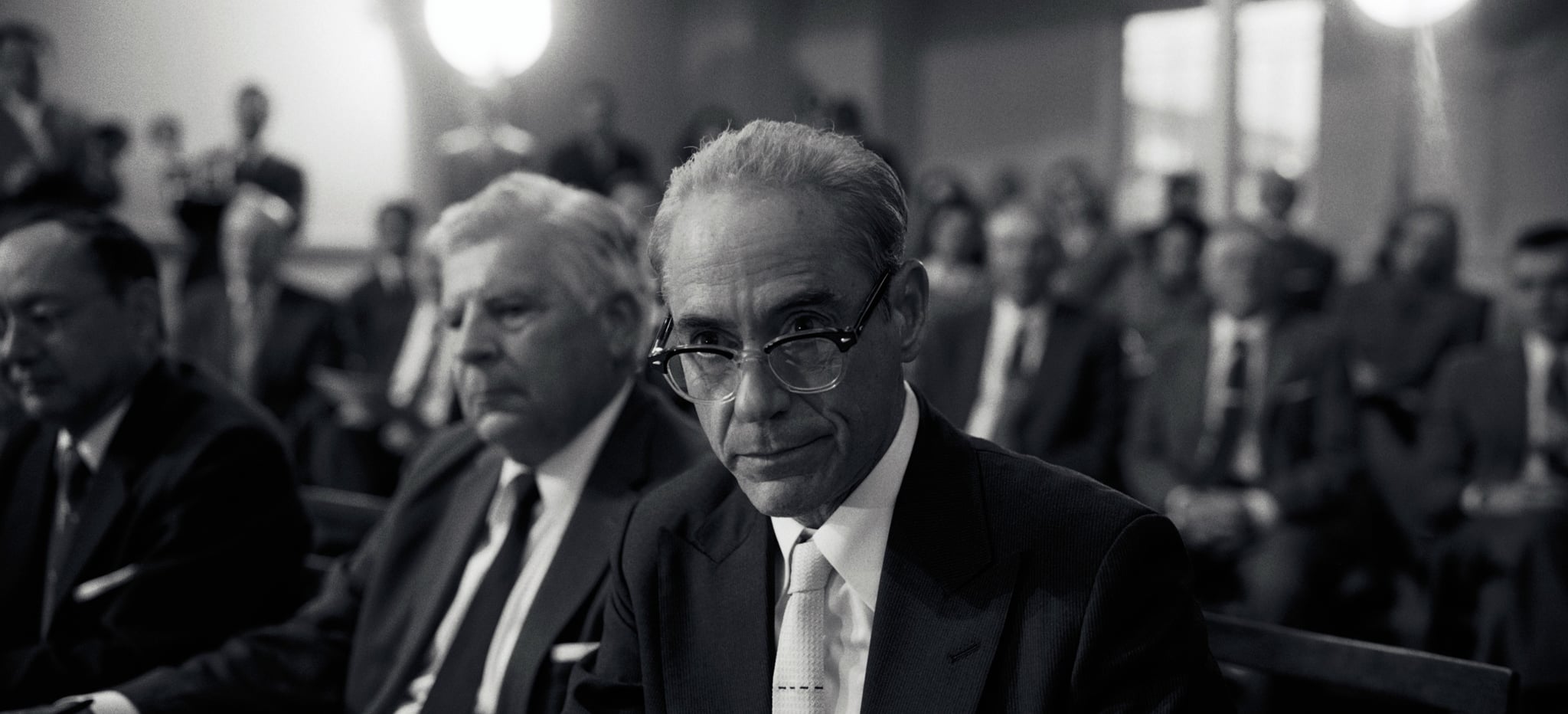[ad_1]

Content warning: The following story contains spoilers for “Oppenheimer.”
Christopher Nolan’s sweeping film “Oppenheimer” tells the true story of J. Robert Oppenheimer (Cillian Murphy), who led the creation of the world’s first atomic weapons as part of the Manhattan Project during World War II. The movie covers his life story from his days as a young man in Europe to his early professorship in California, and follows him past World War II to the years in which the government came after him for having communist ties during the Red Scare. But interestingly, “Oppenheimer” the movie includes quite a few black-and-white shots in between full-color ones. Why does “Oppenheimer” switch between black and white and full color? It seems Nolan used the two methods to enhance the story.
A big part of the movie focuses around Lewis Strauss (Robert Downey Jr.), who worked on the US Atomic Energy Commission with Oppenheimer. As viewers learn, he and Oppenheimer didn’t get along. But as the story unfolds, what at first seems like a reasonable dislike is soon revealed as something more obsessive and sinister, and it turns out, Strauss was responsible for much of the humiliation Oppenheimer faced after the war. In the film, we see Strauss, in 1959, appointed by President Dwight D. Eisenhower to be secretary of commerce. But his dealings with Oppenheimer are soon uncovered, and Strauss is humiliated for his role in the affair. When watching “Oppenheimer,” you’ll notice that only scenes from Strauss’s perspective are shown in black and white.
Nolan explained this idea more in a June 4 interview with the Associated Press. “I knew that I had two timelines that we were running in the film,” the director told the outlet. “One is in color, and that’s Oppenheimer’s subjective experience. That’s the bulk of the film. Then the other is a black and white timeline. It’s a more objective view of his story from a different character’s point of view,” he said, referring to Strauss.
Because Nolan filmed the footage in IMAX, the movie led to the development of the first-ever IMAX film stock. “We shot a lot of our hair and Makeup tests using black and white. And then we would go to the IMAX film projector at CityWalk and project it there,” he told the outlet. “I’ve just never seen anything like it. To see such a massive black and white film image? It’s just a wonderful thing.”
Nolan characterized the black-and-white scenes as “more objective,” but that’s one of “Oppenheimer”‘s tricks. The black-and-white moments are just as subjective as the others because we’re seeing them through Strauss’s very biased eyes.
“Oppenheimer” is in theaters now.
[ad_2]
Source link
